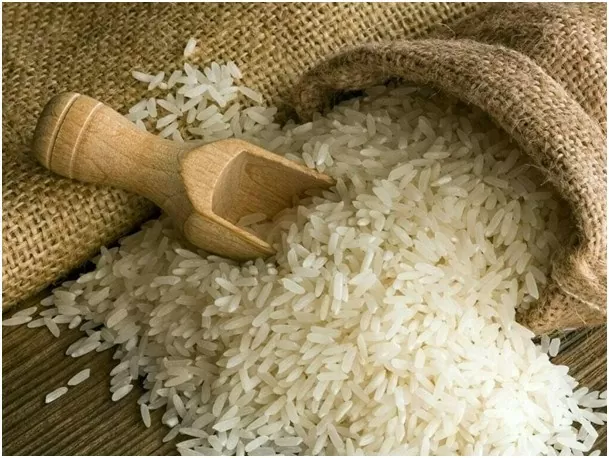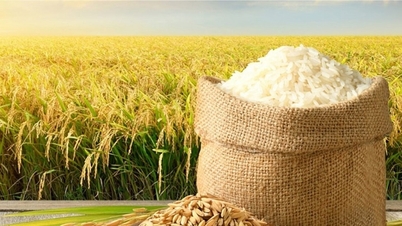| Global rice prices fell immediately after India's move to loosen rice export restrictions. Rice prices today, October 10, 2024: Rice prices fluctuated, with a slight downward trend for rice products. |
In a significant shift in the domestic rice market, rice prices have increased by 10-15% following the Indian government ’s recent decision to lift export restrictions on non-basmati rice. The move, announced on September 28, coincided with a sharp increase in global demand for Indian rice, even as international prices fell by as much as 15%. The government’s measures have exempted non-basmati white rice from export duty and reduced the duty on parboiled rice to 10%. The duty cuts come quickly after the government abolished the minimum export price for basmati rice.
Such moves, which come at a time when India has ample rice stocks in government warehouses, signal a strategic move to boost exports and capitalize on rising global demand. Global rice prices had earlier surged to their highest in more than 15 years following India’s decision last year to ban white rice exports and impose a 20% duty on parboiled rice.
 |
Illustration photo |
Now, as India re-enters the global market, competitors like Thailand and Vietnam are responding by adjusting their prices. Prices of some Thai rice varieties, which were selling for $800 a tonne, have fallen to $710 a tonne in the past few days. There is price pressure on rice supplied to global markets from Thailand, Vietnam and the Philippines as India opens up exports. India previously held 45% of the global rice market, with top export destinations including Iran, Saudi Arabia, China, Benin and the United Arab Emirates.
However, the recent rise in domestic prices could pose a challenge to consumers, especially as the festive season approaches, amid rising costs of edible oils, vegetables and other agricultural products. Parboiled rice exporters say domestic prices will remain stable until the new crop arrives. Global demand for rice is strong. This sentiment is reflected in the rising prices of popular rice varieties; for example, the price of Swarna rice, a staple exported to Africa and other regions, has increased from Rs 35 per kg to Rs 41 per kg in just one week.
Overall, the recent policy changes by the Indian government have created a tricky scenario: while opening up exports, they may inadvertently pressure domestic consumers with higher prices in the short term. As the market adjusts, all eyes will be on how these changes will impact the availability and affordability of rice in India during this important festival period.
According to rice exporters, suppliers from Thailand, Vietnam and Pakistan are responding to India’s move by lowering export prices. India’s total rice exports in 2023-24 are expected to be $10.42 billion, down 6.5% from the previous financial year. This is mainly due to lower exports of non-basmati rice following the government’s export curbs. However, as global demand for rice increases after the export curbs were lifted, domestic prices have started to rise, which will hit consumers during the festive season along with rising prices of cooking oils, vegetables and other agricultural products.
Source: https://congthuong.vn/gia-gao-tang-10-15-tai-an-do-do-nhu-cau-toan-cau-tang-351539.html



![[Photo] Chu Noodles - the essence of rice and sunshine](https://vphoto.vietnam.vn/thumb/1200x675/vietnam/resource/IMAGE/2025/11/11/1762846220477_ndo_tl_7-jpg.webp)
![[Photo] Prime Minister Pham Minh Chinh chairs a meeting on housing policy and the real estate market.](https://vphoto.vietnam.vn/thumb/1200x675/vietnam/resource/IMAGE/2025/11/11/1762838719858_dsc-2107-jpg.webp)

































































































![Dong Nai OCOP transformation: [Article 4] Reaching national standard products](https://vphoto.vietnam.vn/thumb/402x226/vietnam/resource/IMAGE/2025/11/11/1762825820379_4702-cac-san-pham-trai-cay-chung-nhan-ocop-nongnghiep-174649.jpeg)


![Dong Nai OCOP transition: [Article 3] Linking tourism with OCOP product consumption](https://vphoto.vietnam.vn/thumb/402x226/vietnam/resource/IMAGE/2025/11/10/1762739199309_1324-2740-7_n-162543_981.jpeg)






Comment (0)